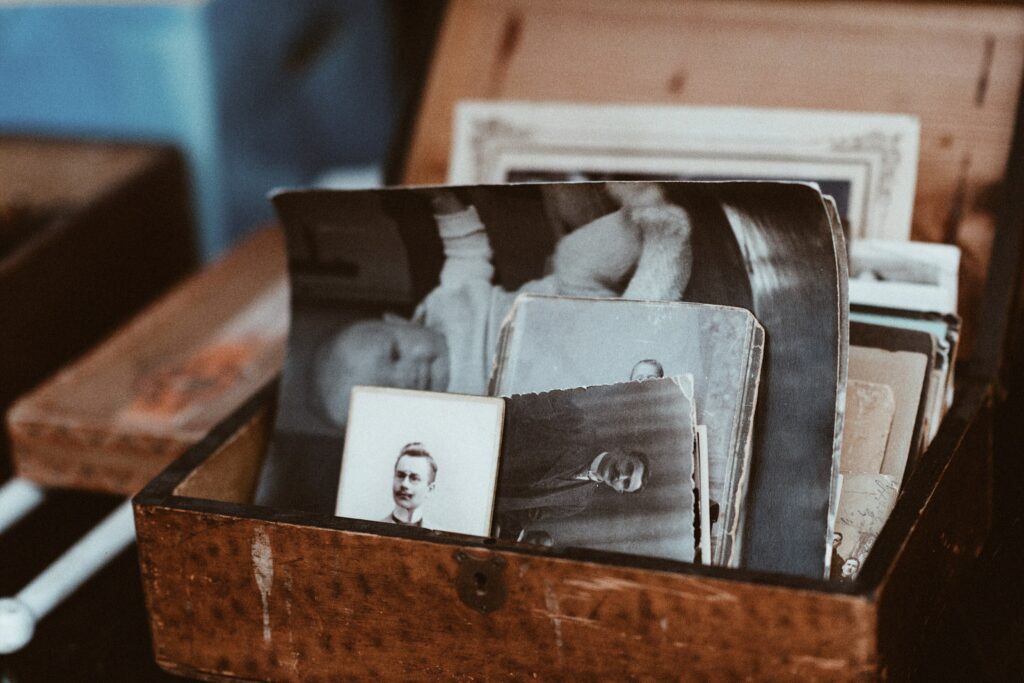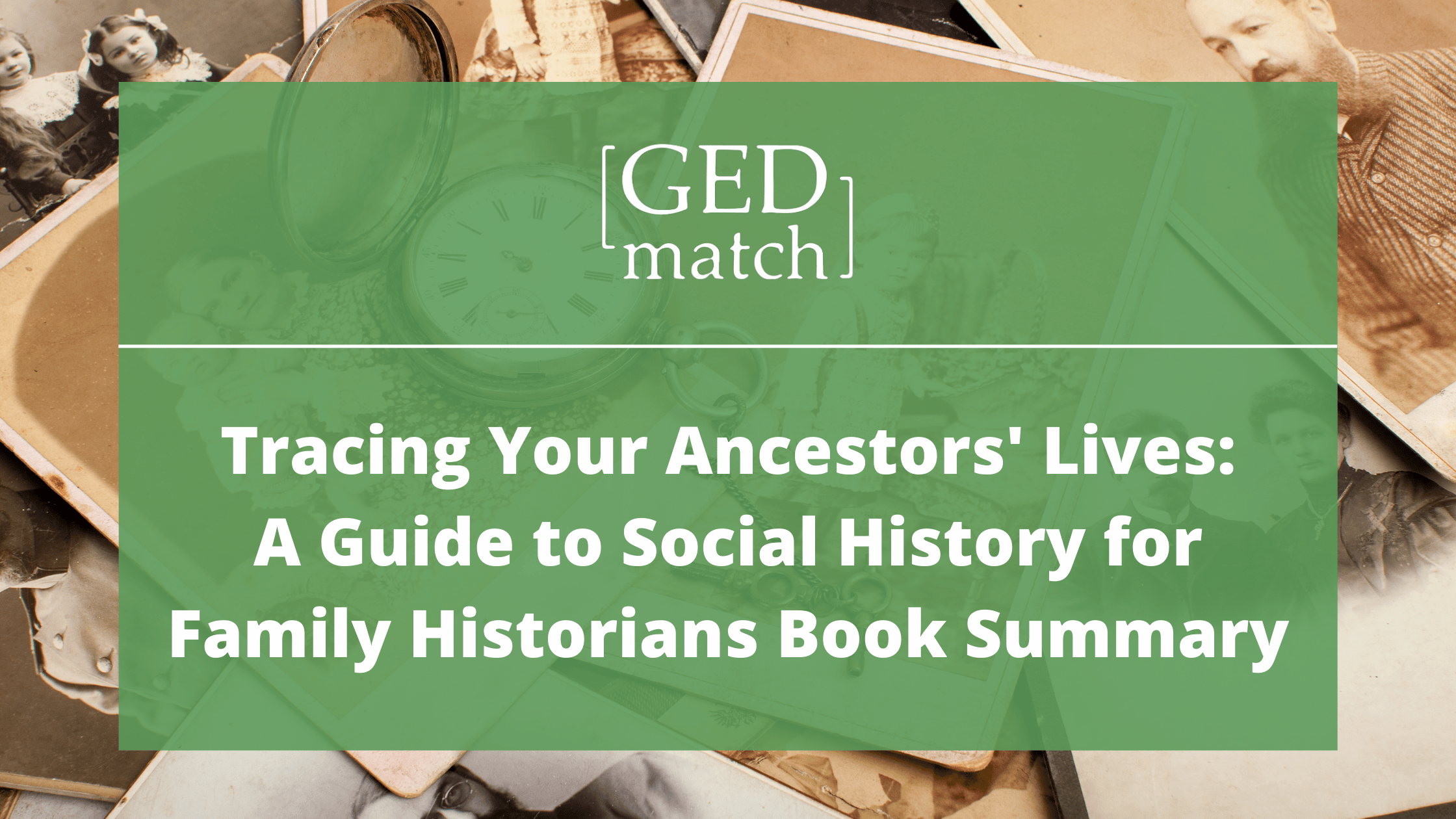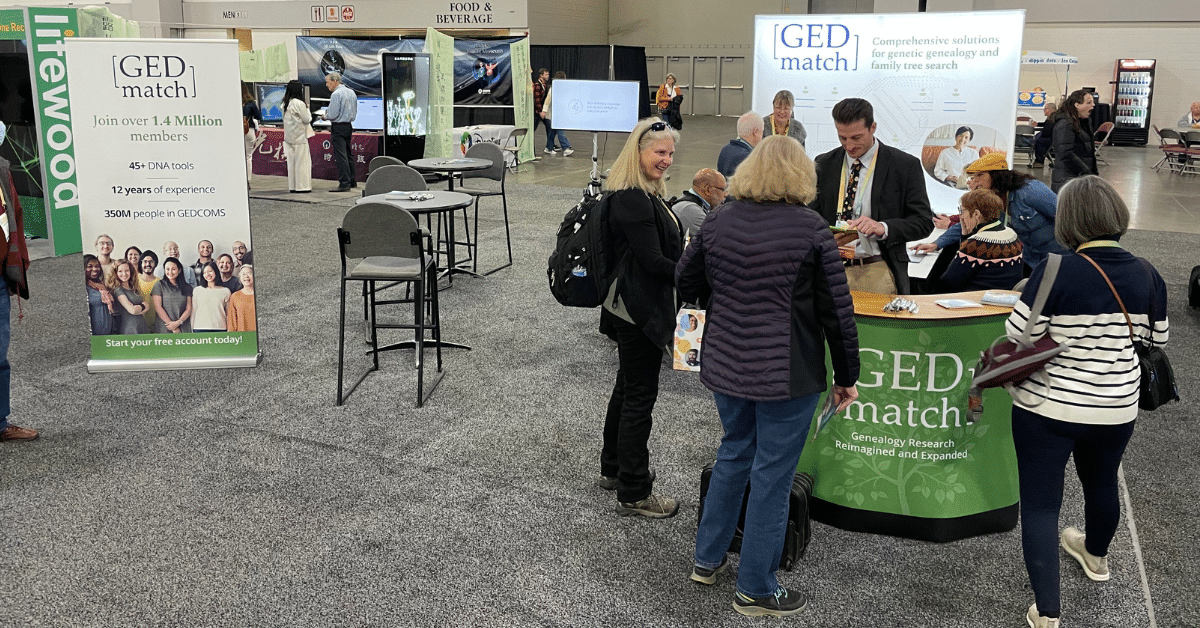Tracing Your Ancestors’ Lives is a book that provides research advice and resources to help family historians go beyond the names, dates and places of their pedigree to learn about their ancestors’ lives, families, and societies. It covers topics such as family and society, domestic life, birth, life, death, work, wages and economy, community, religion, and government. The book encourages family historians to immerse themselves in their ancestors’ time and place for a deeper understanding. Here is our summary:
In the early days of census taking, enumerators would walk the streets of their assigned area, calling each household to record details about the residents. This was before census data was gathered electronically. Between 1801 and 1851, the population density of England increased significantly. In 1801, there was an average of one person for every 153 yards. However, by 1851, that number had decreased to one person for every 108 yards. In other words, someone visiting 100 houses in 1801 would have to travel 20.6 miles, but in 1851, the same person would need to travel only 14.3 miles. The data collected in these early censuses provides valuable insight into the lives of our ancestors and their neighbors.
Immigration in Britain
Britain has a long and varied history of immigration, with different groups settling in different periods. Some of the earliest known immigrants were Celts and Picts, who settled before written history. Later, Romans invaded in 55 BC, followed by Angles, Saxons and Jutes in increasing numbers after Roman withdrawal around the 5th century. Vikings also came later, with the earliest recorded Viking invasion in the late 8th century. Finally, in 1066 Duke of Normandy William Conqueror invaded Britain. He is perhaps most remembered for his great survey of England in 1086, which resulted in the Doomsday Book.
In 1670, a group of French Protestants known as Huguenots arrived in Britain to escape religious persecution. It is estimated that between 40,000 and 50,000 people settled primarily around London. Many Huguenots became involved in textile manufacturing, and large silk workshops were established in Spitalfields.
At about this same time, several other groups of immigrants came to Britain. Italian exiles arrived in the early nineteenth century after Napoleon’s Wars destroyed Northern Italy’s agriculture. Indians began arriving aboard vessels of the East India Company; some would stay behind when their ship left, becoming servants to the British gentry.
In the early 1800s, many African Americans were brought to England against their will as slaves. However, some of them were able to escape and find work as servants or nursemaids for wealthy families. Others came to England with their slave owners when the children were sent back to England for their education. By 1770, there were about 14,000 black people living in England. In 1772, a legal case called Somerset v Stewart was heard, and it was ruled that slavery was not supported by Common Law. This effectively emancipated the black population of England, although slavery would not be abolished throughout the Empire until 1833.
A new wave of immigrants arrived in England in 1830, fleeing poverty and famine in Ireland. These Irish immigrants were not welcomed by many English people, as they were willing to work for very low wages, taking jobs away from English workers. To make matters worse, many of these Irish workers would send their earnings back to Ireland to support their families, leaving them without any savings by wintertime. This often resulted in them having to rely on parish relief, which was expensive and typically involved returning to Ireland.

Environment, Land And Property
For many of our ancestors, owning land was nothing more than a dream. They longed for a piece of the earth to call home, land that could be passed down to future generations. This longing may have been what drove many of them to emigrate to one of the British colonies where they could realize their dream. After the Norman Conquest of 1066, William the Conqueror granted estates to lords who, in turn, forced their tenants to farm the land for a place to live – a scheme known as feudalism.
In the aftermath of the Black Death in the 14th century, England’s feudal system began to unravel. The landowners who survived the plague were desperate for labor, and tenants who had also survived started petitioning for freedom from their lords. They wanted to pay rent in money instead of being forced to work on the land. The last vestiges of feudalism were wiped out by the Tenures Abolition Act passed in 1660, following the end of the Civil War. By 1680, as much as a third of the land was owned by small proprietors who mostly farmed their own land.
The Victorian era saw a number of changes that made it easier for people to buy and sell property. Several Acts of Parliament, including the Real Property Act of 1845 and the Conveyancing Acts of 1881 and 1882, were passed which made the process simpler. At the same time, succession duty was imposed on freehold estates valued at over £100 in 1853. This inheritance tax became a burden on many families, forcing some to sell their properties in order to pay it. Larger properties were often split into smaller ones, making it possible for the middle classes to afford to purchase them. They would then lease the property to those less fortunate, providing them with an income from the rent.
Birth, Life and Death
In the past, giving birth was incredibly dangerous. Maternal death rates were as high as 5%, even well into the 20th century. It wasn’t until the 1930s that the use of antibiotics finally started to reduce the number of maternal deaths from things like puerperal pyrexia, haemorrhage, convulsions and illegal abortions. Infant mortality rates were also very high, with as many as 170 deaths per 1,000 live births recorded in England before 1900.
For our ancestors, the chance of a healthy life was complicated by many factors. Some had poor diets, while others were affected by their environment. Overall, they had less knowledge of what was good for them and what was not. The dangers of substance abuse were not yet known, and the benefits of nutritious food, clean water and clean air were not given the same consideration as they are today.
It is impossible to know how many more of our ancestors’ children were stillborn. Registration of stillbirths was not a requirement in England and Wales until 1926 or in Scotland until 1938. There may be clues in the form of gaps between living children, but more likely there will be no evidence left to mark the sad event. In many cases, it was the mother who died during childbirth, leaving the baby to survive. This was often due to puerperal pyrexia (childbed fever) or another maternal complication. These cases are easier to identify because we often find a record of the child’s birth followed by the mother’s death a few days later.
The first lying-in hospital was opened in London in 1767, but it was not until the early 1800s that childbirth began to be seen as a problem that needed to be fixed. Doctors started to intrude on the process, pushing aside families and midwives. However, this intrusion ironically led to a higher incidence of maternal death from childbed fever. This is because the idea of clean hands and sterilized medical instruments did not gain traction until well into the second half of the nineteenth century, thanks to the research of Joseph Lister.

The Evolution of Medicine
Back in the day, medical care was a bit of a gamble. Some practitioners were knowledgeable and experienced, while others were nothing more than frauds who did more harm than good with their ineffective and dangerous treatments. In England during the early 1800s, medical care was quite primitive by today’s standards. There were few regulations governing medical practice, and most physicians had little formal training. As a result, many people did not trust doctors and preferred to rely on home remedies instead. However, things began to change in 1858 when Parliament passed a new Medical Act. This legislation combined with clinical training and education led to a more well-rounded breed of medical doctors. These new doctors brought their services to middle-class families in England, particularly in northern England.
As the 19th century came to a close, more and more people were turning to medical professionals for help with their health problems. This was a far cry from earlier times when home remedies and back-alley cures were the norms. And instead of going to the local shop for a bottle of tonic or elixir, people were now visiting apothecaries and chemists for advice on the latest medications.
In the mid-nineteenth century, tuberculosis was the leading cause of death. Also known as consumption, phthisis or scrofula, tuberculosis was a slow and often painful way to die. The disease spread quickly in crowded and poor areas of industrial cities. Dysentery and cholera were both widespread diseases in the nineteenth century, largely due to the unsanitary conditions that prevailed during that time. These same unwholesome conditions also made these diseases easy to spread, leading to global pandemics on several occasions.
Tracing Your Ancestors’ Lives: A Guide to Social History for Family Historians
Our family history is not just about names, dates, and places. It’s about understanding the lives of our ancestors and the world they lived in. Barbara J. Starmans’s Tracing Your Ancestors’ Lives explores the various aspects of social history that are of particular interest to family historians. Through research advice, resources, and case studies, readers can learn about their ancestors, their families, and the society they lived in. Each chapter highlights an important area of study, including topics such as family and society; domestic life; birth life and death; work, wages, economy; community, religion, and government. This handbook encourages family historians to immerse themselves more deeply in their ancestors’ time and place, giving them a fascinating insight into what their lives were like. If you want to know more about the lifestyle of your ancestors – we suggest you give it a read, you might some find useful information that will help you in building your family tree!
How did your ancestors live their day-to-day lives? Maybe you can find out by exploring your family tree at GEDmatch – GEDmatch offers a free DNA site built for genetic genealogy research. With a global database of autosomal DNA data and unmatched utility, we make this data accessible and effective.



